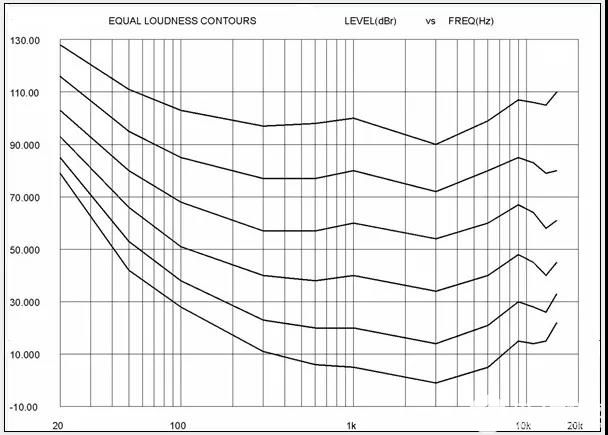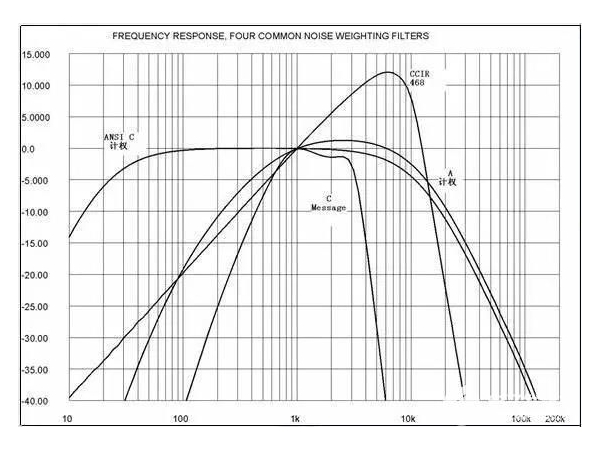The noise is generally expressed in decibels (dB), and the signal-to-noise ratio (S/N) is used to indicate the impact of noise on useful signals. When measuring the signal-to-noise ratio, it is usually marked with weighted or unweighted. What are weighted and unweighted?
Before introducing weighting, the measurement bandwidth is introduced. Because noise has the characteristic of spectrum diffusion, its measurement is meaningful only when the measurement bandwidth is explained. The difference between actual noise measurement results and noise indicators can be accurately compared only by using band-pass and weighted filters required by technical indicators in noise measurement instruments.
The most commonly used noise measurement bandwidth in broadcast and civil audio frequency applications is 20Hz~20kHz. There are also CCIR468 technical regulations that write 22Hz~22kHz, which are similar. If it is purely used in communication applications, since the bandwidth required for voice of communication quality is much narrower, the commonly used technical indicators are 300Hz~3.5kHz.
Weighting: In fact, it means adding a filter. Weighting is a special filter designed in the noise tester to simulate the characteristics of human hearing with different sensitivity to different frequencies of sound. Using a weighted filter in the measurement can make the measurement results more consistent with the human ear perception than the unweighted measurement results. The sensitivity of the human ear is uneven, which varies with the frequency. At the same time, the frequency response of the human ear also varies with the amplitude of the sound pressure level. For example, the figure below shows the equal loudness frequency response curve of pure tones. Therefore, in audio applications, weighted noise is more suitable for practical applications. For example, there is a lot of noise at 100K high frequency. If it is not weighted, the test shows that the indicators are very poor, but the human ear cannot hear it

A-weighting: Different weighting filter developers assume different sound pressure level applications, so they use different curves in Fletcher Munson. We are most familiar with A-weighting. It is the most widely used indicator in the world at present, mainly because A-weighting simulates the loudness of human ears to 40 square pure tones. When the signal passes, its low frequency and middle frequency (below 1000Hz) have greater attenuation. Because its characteristic curve is close to the auditory characteristics of the human ear, many noise related specifications are based on A-weighting.
|
Disclaimer: This article is transferred from other platforms and does not represent the views and positions of this site. If there is any infringement or objection, please contact us to delete it. thank you!
中恒科技ChipHomeTek
|

